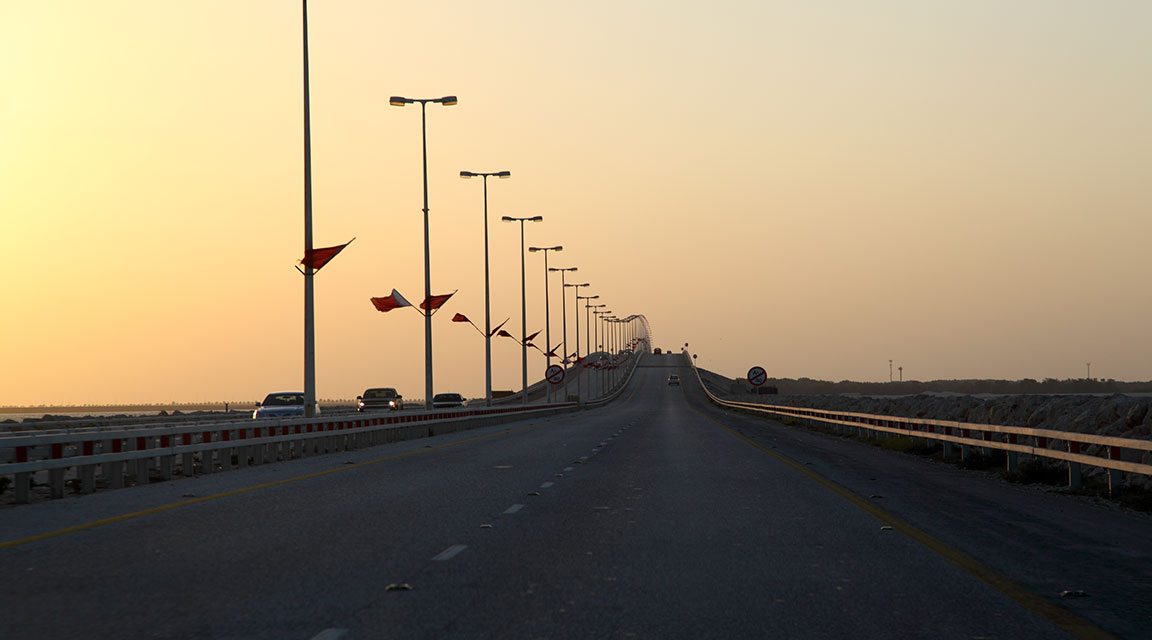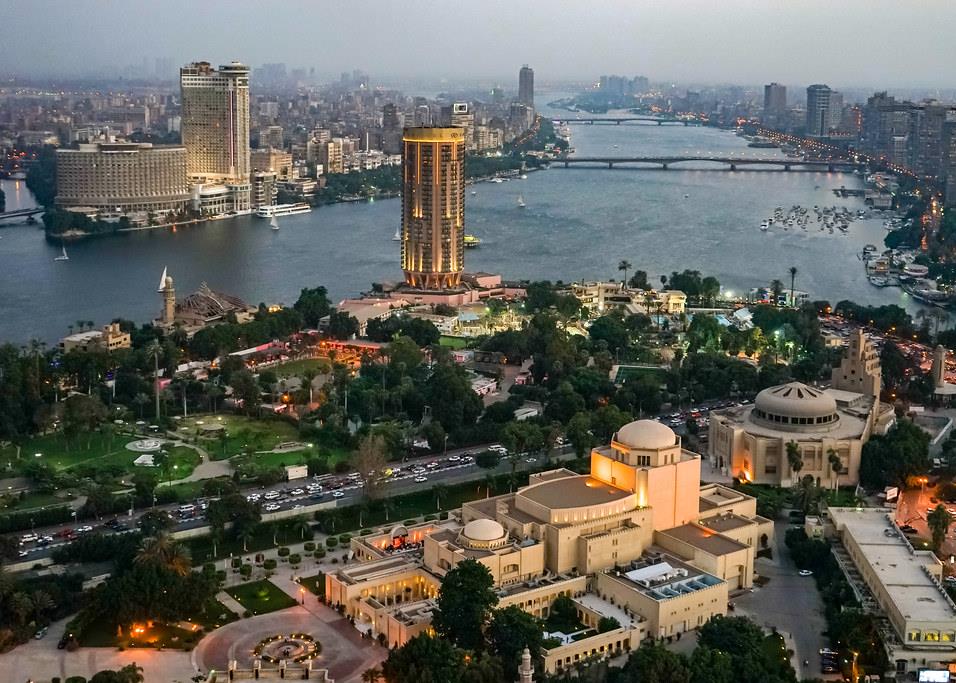

Proposed crossing to carry both road and rail traffic
The transport ministries of Saudi Arabia and Bahrain aim to appoint a financial adviser by October for the second causeway that will link both countries by rail and road.
The appointed firm will support the clients in managing and sorting the expressions of interest (EoIs) from developers, operators, legal and technical consultants and investors.
The clients expect to receive the EoIs by 29 June. It is understood they require comprehensive EoI documents stating vision and potential partnerships for the project.
It also appears the King Fahd Causeway Authority, which has administrative authority over the existing King Fahd Causeway, will be liaising directly with the special purpose vehicle (SPV) that will be created to develop, finance, construct and maintain the new causeway.
The plan also appears to merge the management and operations of the existing causeway to the new one.
Unlike the existing King Fahd Causeway, which entered operations in 1986, the new causeway will be procured using a public-private partnership (PPP) model.
The new 25-kilometre causeway, which is expected to be completed by 2024, will be constructed parallel to the existing causeway and will accommodate both road and rail traffic.
The rail segment of the new causeway will connect Bahrain to the Saudi mainline railway network, which is being operated by Saudi Railways Organisation, and also with the planned GCC railway network.
Similar to the planned regional railway network, the rail component of the scheme will carry both passenger and freight traffic. The passenger rail is envisaged to adopt the International Union of Railways (UIC) standards while the freight rail will adopt the American Railway Engineering and Maintenance-of-way Manual for Railway Engineering (Arema 2012) standards.
Apart from the 25km track to be built on the causeway itself, the railway track will extend 21km into Saudi Arabia and 24km into Bahrain.
The rail networks right of way in Saudi Arabia is 15 to 35 metres, and slightly narrower in Bahrain, at 15 to 25 metres.
The 21km section that will link Salmabad to the Khalifa port in Bahrain will be single-track, while the rest will be double-track.
There are no border stations planned for the scheme as both countries intend customs and immigration processes to be initiated and completed at the origin and destination respectively.
| Scope of work | |
|---|---|
Rail - Maximum design speed: 220km/h; Maximum cant: 120mm | |
49km double track | 26km on land, 23km offshore |
Offshore: 13km bridges, 10km embankments | |
21km single track | 19km by 9m diameter bored tunnel |
International passenger terminal | |
Freight terminal | |
Road | |
25km 4-lane dual carriage way | 2km on land 23km offshore Offshore section: 13km bridges; 10km embankments |
Source: KFCA | |
Based on the preliminary studies conducted by Canadas SNC Lavalin, the number of vehicles passing through the existing causeway could increase by an average of 6 per cent annually to reach close to 14 million by 2020, up from 11.07 million in 2016.
A growth forecast of 5.1 per cent a year will likely bring traffic to about 17 million by 2024, and a slower growth of 3.5 per cent annually between 2024 and 2028 will bring traffic to about 19.5 million by 2028, equivalent to the full service level capacity of the existing causeway.
The rail component of the causeway could carry up to 8 million passengers a year and about 600,000 twenty-foot equivalent units (TEUs) and 13 million tonnes of bulk freight by 2050.
You might also like...

Red Sea Global awards Marina hotel infrastructure
18 April 2024

Aramco allows more time for MGS package revised prices
18 April 2024

Morocco tenders high-speed rail project
18 April 2024
A MEED Subscription...
Subscribe or upgrade your current MEED.com package to support your strategic planning with the MENA region’s best source of business information. Proceed to our online shop below to find out more about the features in each package.





